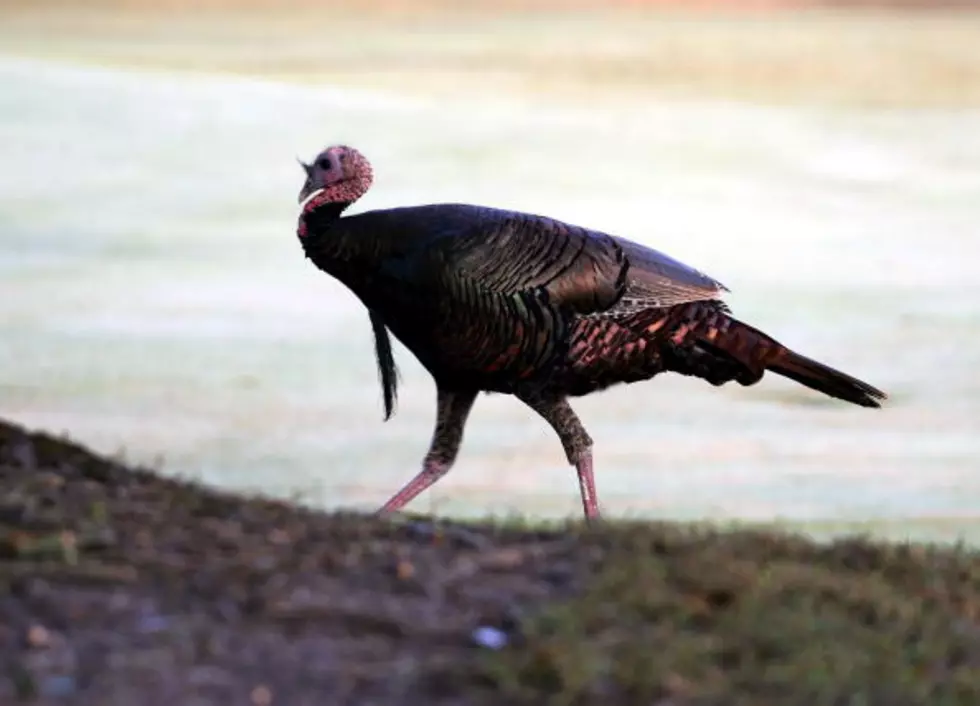
Beware Of These 3 Venomous Snakes In New York State This Summer
We're now in the time of year in New York State where we try to spend as much time outdoors as we can, soaking up the sun and beautiful weather. However, we aren't the only ones heading 'outside.' Many animals, critters, insects and reptiles are also enjoying the warm weather and sunlight. According to WildlifeHelp.org,
Snakes rely on the environment to regulate their body temperature. That is why you may see them stretched out on rocks during the summer, or in caves, woodpiles, and other, less ideal spaces – like basements, sump pumps, and walls – to keep cool.
New York is home to 17 species of snakes, three of which are venomous. Here are the snakes you really need to watch out for and avoid.
Distinguishing a venomous snake from a harmless one can be difficult. One characteristic many look for is the presence of a pit between the nostril and the eye, but if you don’t know how to identify snake species and you’re close enough to see the pit, you’re too close. A second characteristic to look for is the shape of a snake’s head. Venomous snakes have broadly triangular heads; however, this characteristic can be deceiving because many of the non-venomous species can ˆatten and widen their heads when provoked, giving their heads a triangular appearance as well. If you’re in doubt, leave the snake alone.
Eastern Massasauga Rattlesnake
Video credit: MichiganDNR via Youtube
Where it can be found: In two large wetland areas of the state - northeast of Syracuse and west of Rochester.
Even though the video above is from Michigan, it still tells you what to look for to identify the Eastern Massasauga Rattlesnake. According to the U.S. Fish and Wildlife Service, the Eastern Massasauga Rattlesnake is considered a threatened species. It is the smallest venomous snake in the state. The average length of the Eastern Massasauga Rattlesnake is 18 to 40 inches, according to the New York Department of Environmental Conservation.
In New York, massasaugas hibernate from late October through late April in low, wet areas, often under sphagnum hummocks. They do not hibernate in communal dens as do the other venomous species in New York. Currently, there are only two known populations remaining in New York, both of which occur in boggy, forested wetlands with "open rooms" of low vegetation. ~ the New York Department of Environmental Conservation
Northern Copperhead
Video credit: Mark K via Youtube
Where it can be found: In the lower Hudson Valley and the Catskills.
Of the three venomous snakes here in New York, the Northern Copperhead doesn't have a rattle, but according to the SUNY College of Environmental Science and Forestry,
Copperheads lack the rattle, but will vibrate their tail when annoyed. In dry leaves, this vibration can sound like a rattle.
It usually grows to be two to three feet in length. It can be identified by the copy color on its head, according to the New York Department of Environmental Conservation.
Timber Rattlesnake
Video credit: The Wild Report via Youtube
Where it can be found: Southeastern part of New York (excluding Long Island and New York City), the northern part of the state, and in the Southern Tier.
The belongs Timber Rattlesnake to the pit-viper family. It can grow in length to 3 to 4 feet or longer, according to the New York Department of Environmental Conservation. It's the largest venomous snake in the state.
According to the New York Department of Environmental Conservation,
The venom, which is used primarily to immobilize prey, can be fatal to humans if the bite is untreated. However, in New York there have been no records of human deaths attributed to rattlesnakes in the wild during the last several decades. Less than 15% of the snake bites reported over a ten-year period were actually from a venomous snake. Contrary to popular opinion, a rattlesnake will not pursue or attack a person unless threatened or provoked.

13 Biting And Stinging Insects In New York State
These 15 Reptiles Are Illegal To Own As Pets In New York State
Watch Out For These 5 Dangerous Invasive Pests In New York State
More From HOT 99.1









